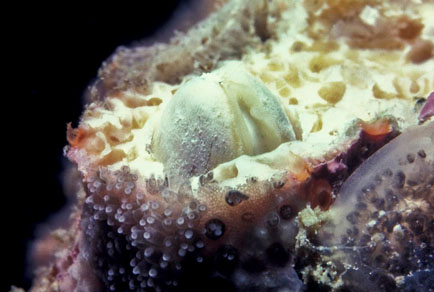Abstract
The Solitary Islands Marine Park is positioned in a transition zone between tropical and temperate regions and consequently supports a range of taxa with different biogeographic affinities. Driven by variable influence of the East Australian Current, there is increasing representation of tropical taxa along a cross-shelf gradient (inshore to offshore). Patterns in the population of the endolithic bivalve Lithophaga lessepsiana were examined by sampling host corals (Pocillopora damicornis) across the cross-shelf gradient and were more broadly contextualised by comparisons with samples from Heron Island. Contrary to predictions based on studies on low latitude reefs, where densities are higher close to shore, these increased with increasing distance from the coast. Densities were almost an order of magnitude higher at Heron Island than in the Solitary Islands Marine Park. These patterns indicate that factors other than nutrient load and temperature primarily determine L. lessepsiana densities over the scales of this study. These are likely to include larval supply, colony morphology and availability of larval settlement sites within individual coral colonies.

